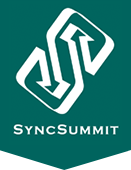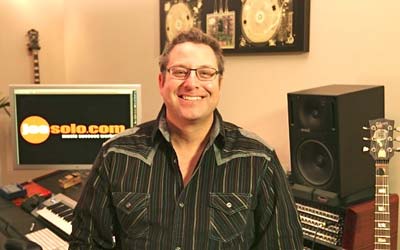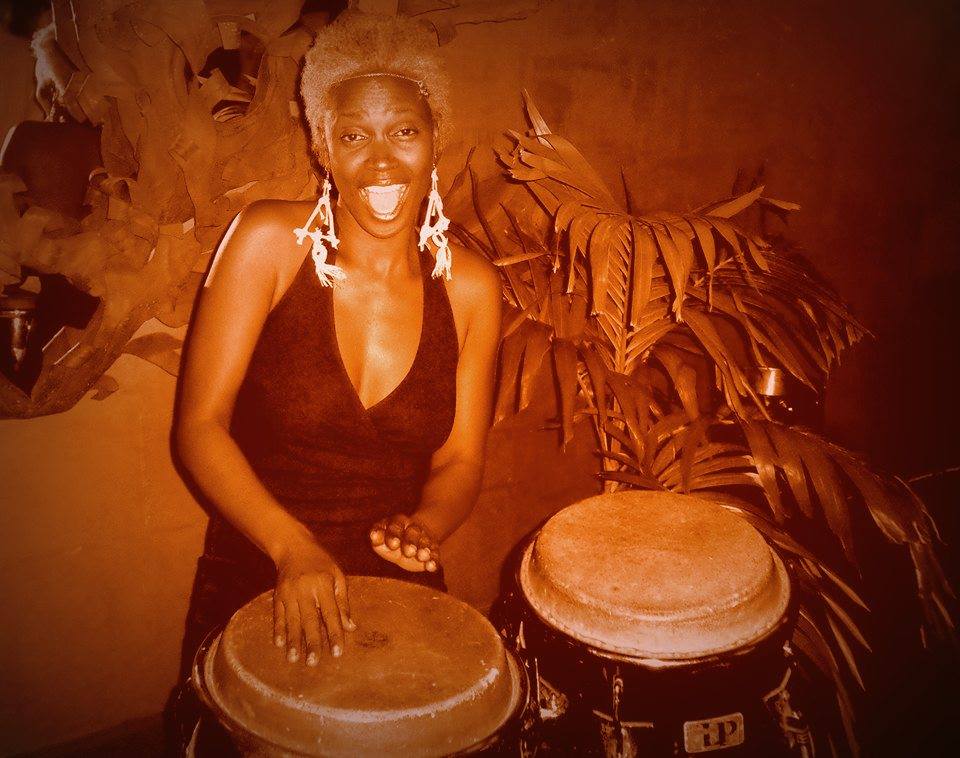October 1, 2014, By Mark Frieser
Recently we had the opportunity to speak to Tom Webster, the Founder and CEO of the company The Tone Knows.
The company has created an innovative system that allows artists, publishers, brands and labels to integrate a specific sound into an ad, song other audio elements on TV, the Internet, mobile, PA systems and any other broadcast platform.
What’s cool about this is that The Tone Knows allows brands, advertisers, companies, bands to create an interactive loop that they can use to realize sales, build audience, develop and track campaigns, promotions and interact with their fans, their audience and improve their approach to building their brands, audiences and businesses.
Frieser: Tell us a bit about The Tone Knows and what you do, your approach to music and entertainment and how you came up with the concept.
Webster: The TONE Knows – or “TONE” for short, is a Bay Area software company.
Like many inventions and ideas, TONE was founded trying to solve a specific problem, and blossomed into so much more.
Two radio production veterans were trying to solve an age-old problem: “how do I fit all of this information into a 30-second commercial, when there’s SO much information to convey?”
Frieser: And the solution?
Webster: While walking through a mall and seeing the visual flood of QR Codes, they asked themselves: “can we create an audio barcode, that can provide the extra information like website, phone number, address, and directions, without using the entire 30-second spot?” And thus, TONE was born.
Frieser: Tell us about the tech and how it works?
Webster: In a simple example, TONE is an Audio Barcode. We place an inaudible TONE inside of anything that has sound. And while we can’t hear the TONEs, our mobile devices can.
Frieser: And how is this something that’s important to people in the music business?
Webster: Here’s why it matters to the music industry: every time your music is heard by your audience – whether it’s as a music bed for a TV show or commercial, a song on the radio, a movie soundtrack, a tune in a video game, a stream or YouTube clip, or an in-store display, there is an opportunity to personally interact with your audience.
TONE enables that interaction.
Frieser: So how does the end user or fan make the TONE work?
Webster: That’s what’s great about the TONE – the audience doesn’t need to “activate” anything – it just happens based on how you use it to connect with your fans wherever they are, whatever they’re doing.
For example, you can let them know when a band is coming to town, or when they’ll be making an appearance to sign autographs, releasing a new song or album, have a sync that’s on TV, an ad, a video game, an app, in a film or anything else you can imagine.
From there, your fans can then interact with you directly, get exclusive info, coupons, promotionas and other benefits they can take advantage of, purchase or share with friends. This helps you to regularly and personally engaging your audience – wherever your music and campaigns and projects are, not only providing your fans info, but helping to expand your audience to new markets.
Frieser: Fair enough – so the value is clear – now what makes it a stand out tech?
Webster: The great thing is that the (patent-pending) solution uses readily available technology – there’s no special hardware for the user to purchase, no complex installation to navigate and no download necessary for people to use it.
Also, the solution is more “battery-friendly” than its “fingerprinting” counterparts and, unlike those fingerprinting solutions, TONE records nothing.
For the fan, it’s free, takes no effort to use, ensures their privacy and is secure.
Frieser: And how easy is it for the phone to connect to/hear?
Webster: The great thing is that the TONE can be heard through the loud engine roars, the fan cheers, the dialogue, and the instruments and vocals. The TONE is flexible – delivering timely, personalized messages via screen “pop”, a text, an email, a website, or an application (like the iTunes Store), dependent on what you want to send to the user/fan.
Frieser: And what stage is the company right now in terms of development?
Webster: The company is early stage, but has a working solution and multiple Proofs-of-Concepts in varying stages. We’re actively seeking more opportunities to showcase our technology!
Frieser: Who are you working with currently?
Webster: We’re working with recording industry artists, TV/Music/Movie Broadcast & Production organizations, retailers and CPG companies, sporting organizations, gaming organizations and the advertising community, to name a few and we’ll make announcements shortly.
Frieser: And how do people work with you?
Webster: Companies and artists engage us to:
- Help them improve their fan/customer experience;
- Tell the artist when/where the fan interacted with their creation, project or campaign;
- Unify all the message vehicles (live, broadcast, streamed, social, in-store, +);
- Help them understand which communications vehicles are having the best success in reaching their audience;
- Gather feedback from their audience, and even fighting piracy.
Companies can begin with a simple proof-of-concept while others jump in completely to build out a comprehensive program.
Frieser: Outside of promotion, sharing and sales, I wanted to touch upon the point you made on fighting piracy – how does TONE help artists and rights holders to protect their creative assets and create more opportunities for revenue generation even if a work is pirated?
Webster: Well, since every TONE can be serialized, we can essentially “track” all forms of creative assets – CDs, DVDs, digital and broadcast copies, for EVERY outlet.
As a creative asset is played, broadcast, or streamed, the emitted TONE enables us to determine if the user was the authorized/intended user.
We can track the asset down to a specific geography, broadcast station, website/online store, and/or even INDIVIDUAL.
We can determine if they are the authorized user – or even if it’s their copy of the creative asset that was distributed or “leaked”.
From there, we can take some form of action.
We believe one possible action could be to present a message that says: “Hello! We’re glad you love our stuff and there’s TONS more just like it. Here’s a discount membership coupon to access that content.”. This is one of many ways we can help the industry, labels, production companies, artists, etc.
Frieser: Thanks for your time. If people want more info, where should they go?
Webster: Just visit us at http://thetoneknows.com





